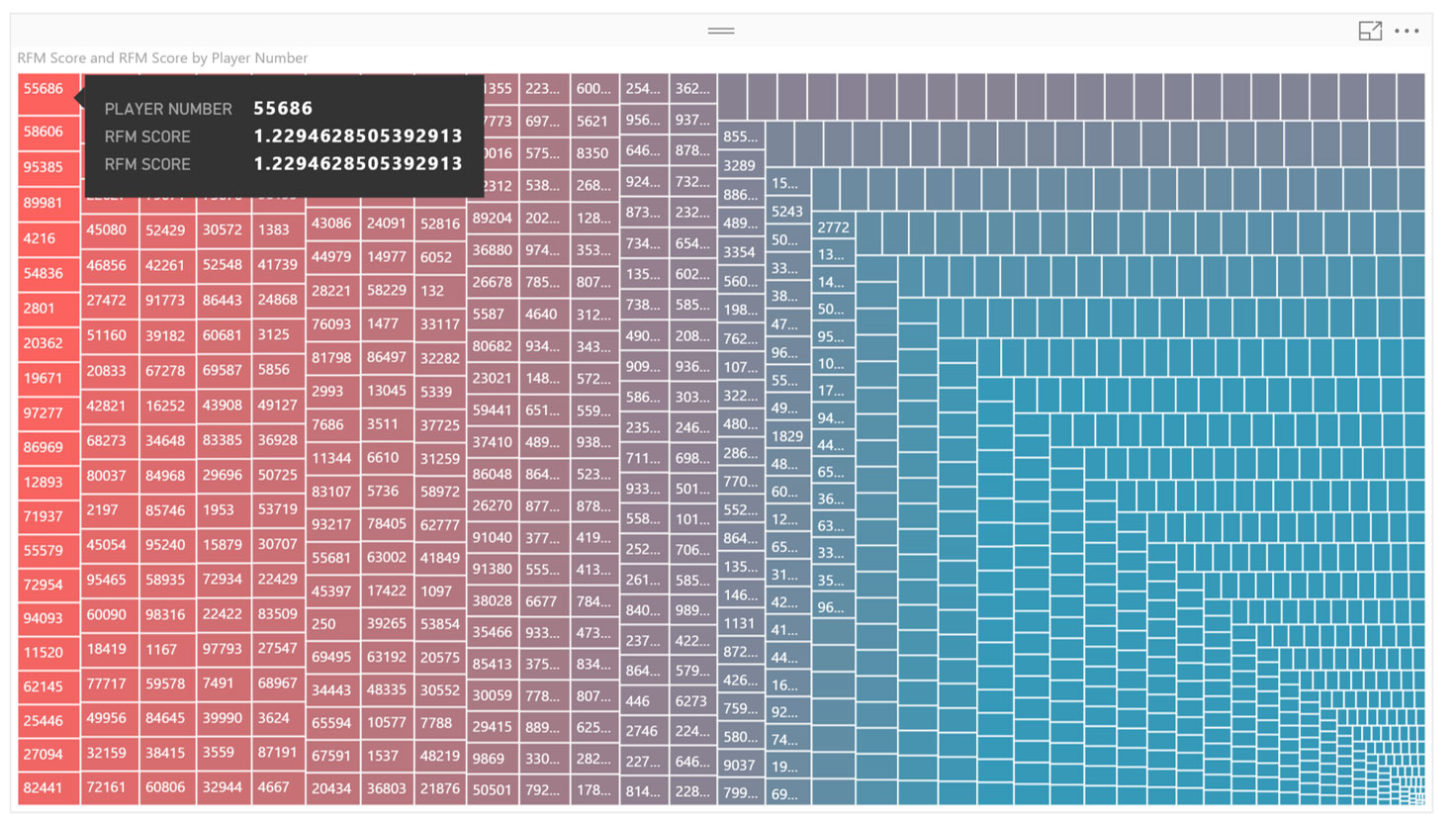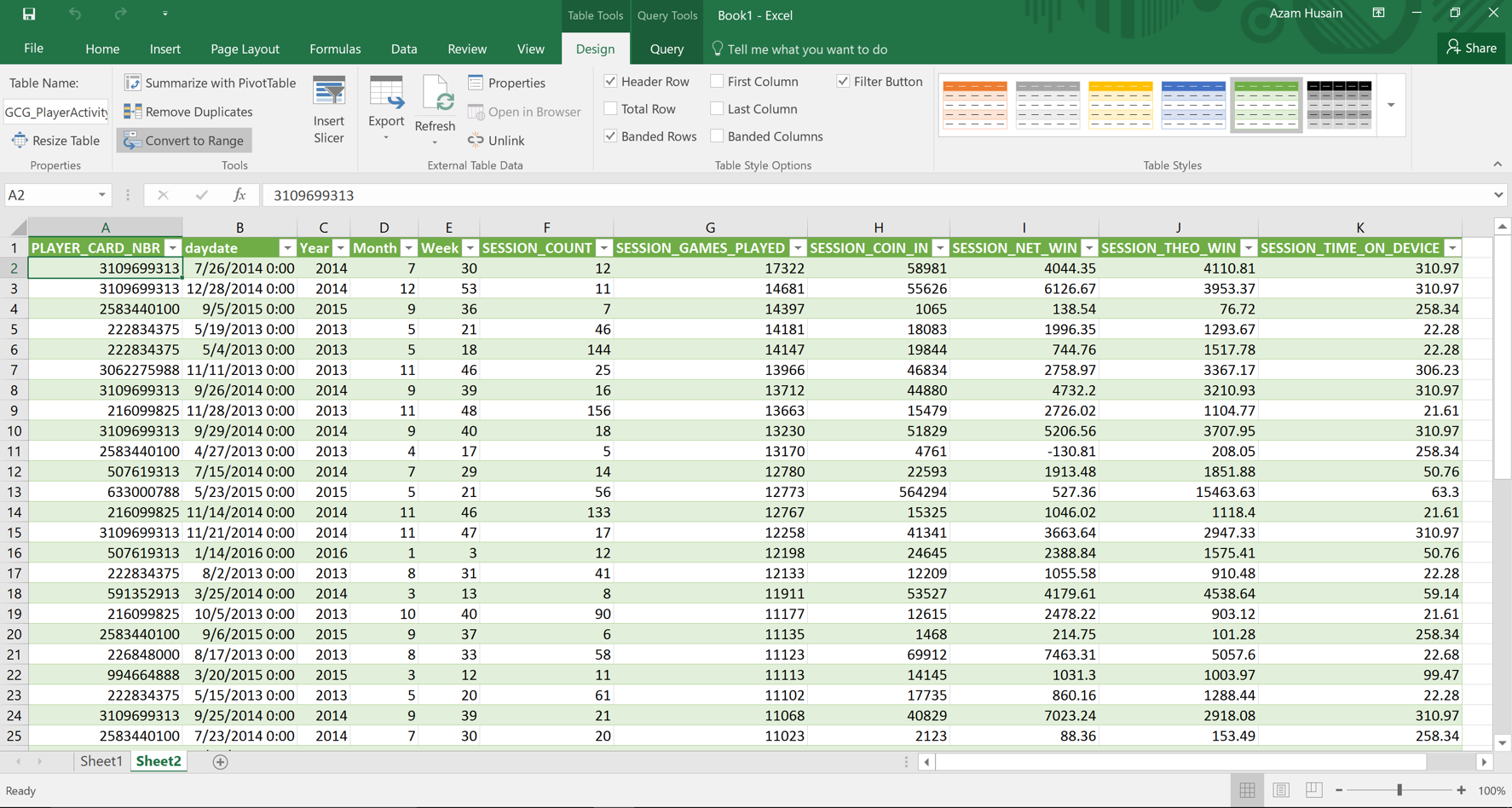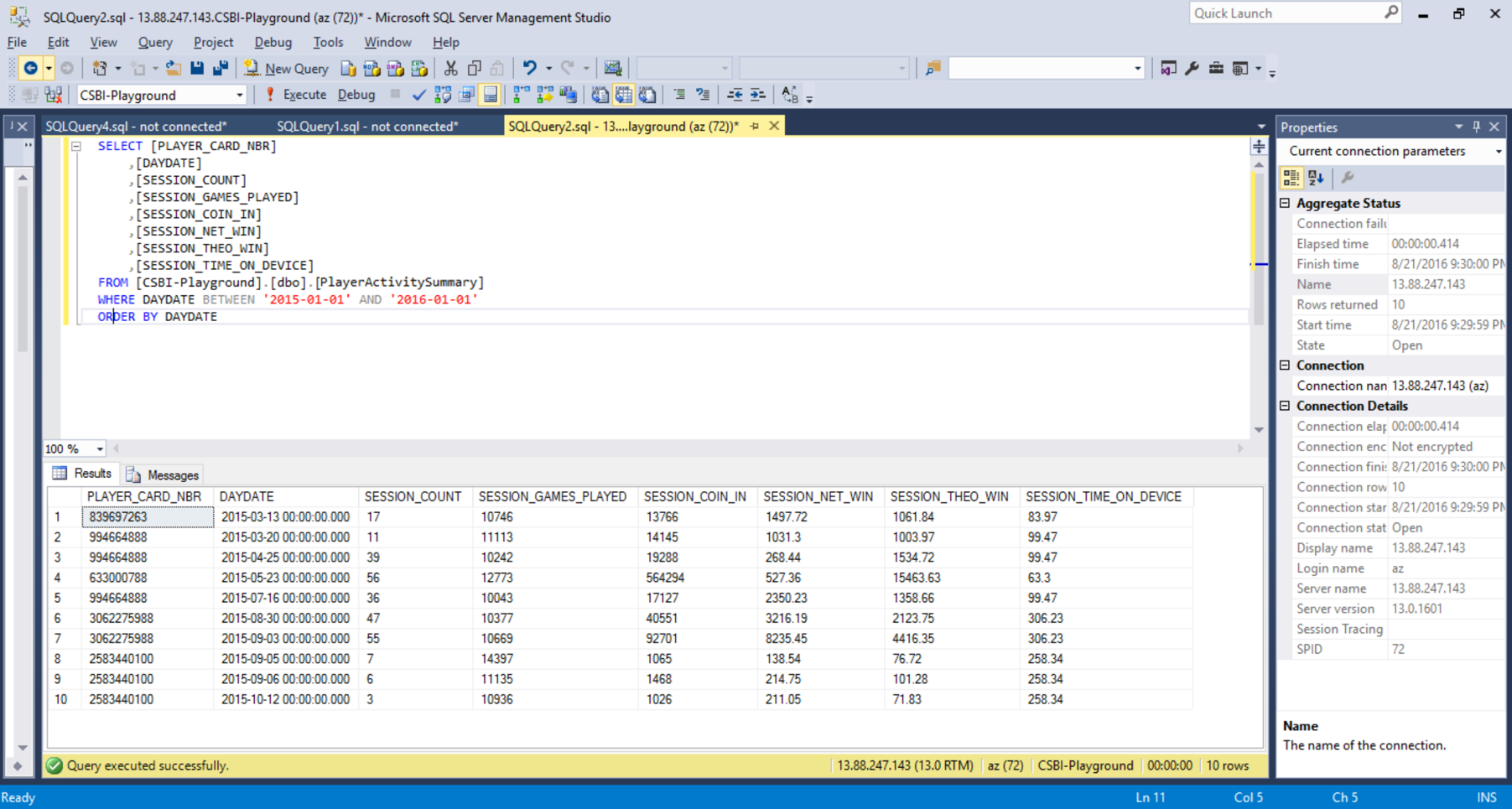
Using RFM at your property for smarter promotions and offers
If you missed Part I of this article, click here for the Flash! Report.
Recently, I traveled to Italy with my family. And in preparation for the trip, my wife and I spent time on Amazon buying things we needed for our travels; new luggage, summer clothes for the kids, guide books, etc. We amassed a significant spend with this retailer. One of the things I enjoy about the Amazon customer experience is their ability to recommend products that I would actually purchase. During the course of my buying frenzy, I bought a bunch of stuff that was recommended to me by Amazon because they anticipated my needs.
RFM analysis (Recency, Frequency, and Monetary Value) is an effective way to find engaged customers like me. It’s based on the simple premise that if your customer did something recently and with some frequency, they will likely do it again. And the more likely that a customer repeats a high value activity, the higher their response rate will be when you ask them to perform that activity again.
 Casino marketers can use RFM in a similar way to find engaged players and get them to open their wallet a little wider. As an Amazon customer, I had signaled my intent to purchase more with the retailer based on my past activity. In a casino, your players are sending you similar signals. And it’s the casino marketer’s job to identify where the signal is coming from and then decide what to offer the engaged player.
Casino marketers can use RFM in a similar way to find engaged players and get them to open their wallet a little wider. As an Amazon customer, I had signaled my intent to purchase more with the retailer based on my past activity. In a casino, your players are sending you similar signals. And it’s the casino marketer’s job to identify where the signal is coming from and then decide what to offer the engaged player.
Casino systems store data on game play, hotel stay, food and beverage spend, etc., in databases like Microsoft SQL Server. This can create two significant challenges for a marketer trying to leverage these customer signals hidden within the data. First, is the problem of time to insight. Although this data is available to the casino, access is sometimes limited to only IT professionals. If a casino marketer wants access to this data, it usually requires a submitted request to the IT team. This can be time-consuming. Second, is the challenge of limited technical skills. Extracting data from casino systems may require complex queries on multiple databases. This can be a significant hurdle for many non-technical business users.
So, let’s look at a simple example. Suppose you want to build an RFM score for your players. The hardest part of this problem is extracting the player’s Casino data: when was the last game played, how frequent was that play, and what is the total value of that play or spend with the casino. An IT professional can extract this data directly from the database using several complex SQL queries like the following:
A little complicated – right?
There is a much easier way. With Excel, the same technical steps required to query and extract the data can be performed in a series of point and click actions. Excel will connect to the database and import the data directly into the Excel spreadsheet without requiring any complex coding. And the best part is that all of this can be done by the casino marketer, NOT an IT professional. With your data in hand, creating the RFM score is then just a process of applying a weighted average to each variable – something easily done within Excel.
Once you have your RFM scores, you can create a report visualization that illuminates which players to target. With Microsoft Power BI you can create a tree map view of all player RFM scores. Players in bright red in the top left corner of the tree map are engaged players, with a higher RFM score. Players in dark blue in the bottom right are less engaged, with a lower RFM score.
This automation can accelerate your ability to identify which players should be targeted with a promotion based on past behavior. And for those of you marketing to the “total customer” – say, one that frequently eats in your restaurant, golfs on your course, or patronizes your spa – using this data with your RFM analysis can help you understand your customer’s needs.
As da Vinci once said, “The noblest pleasure is the joy of understanding.”







